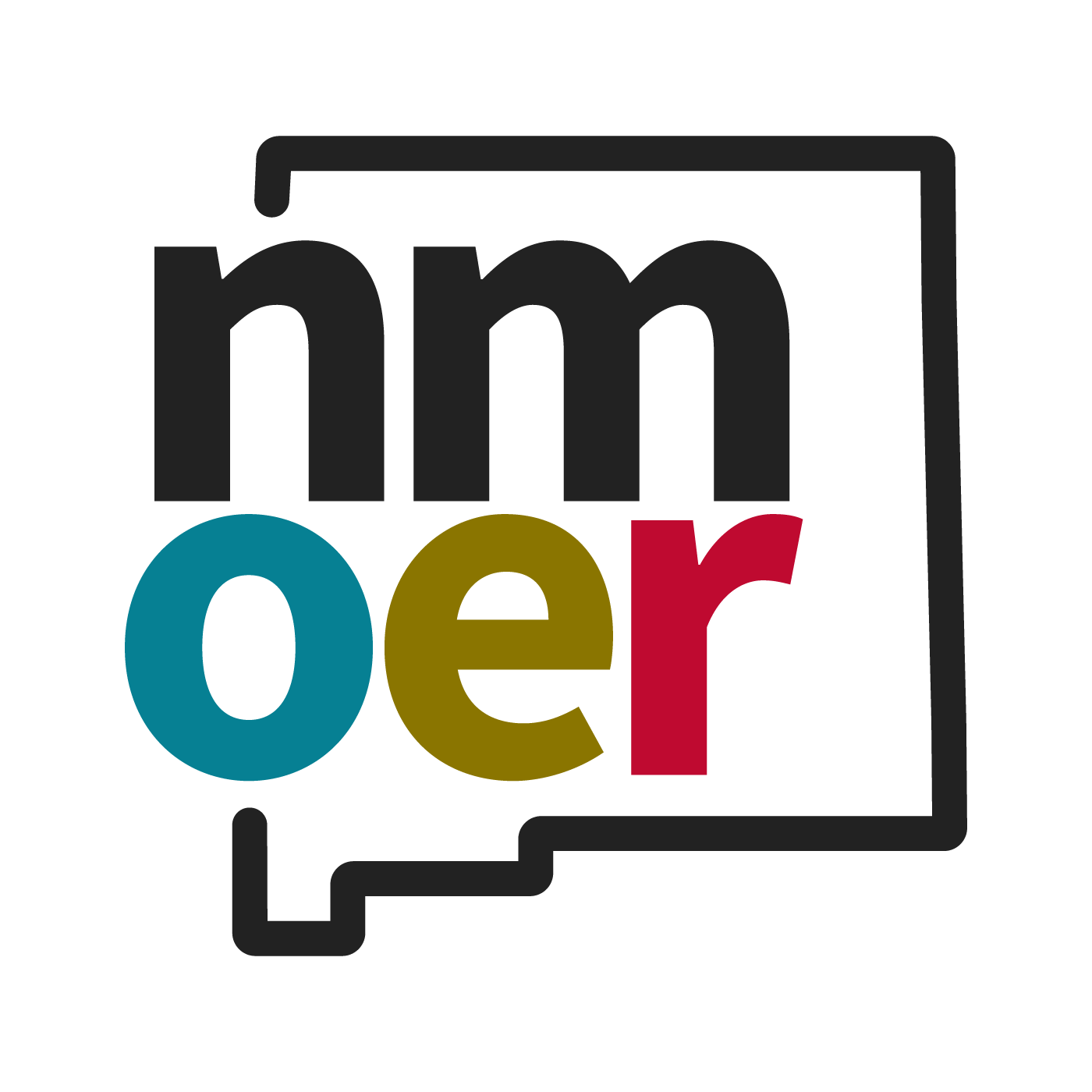20 The Gospels
Greek
First century CE
Christianity’s canonical texts can be divided in two categories: The Old Testament, a collection of Judaic words including the Pentateuch (also known as the Torah) amongst other Hebrew texts, and the New Testament, which includes post-Christ works. Included in the twenty-seven books of the New Testament are the Four Gospels, the Acts of the Apostles, the Book of Revelation (also known as the Apocalypse), and St. Paul’s epistles to the Thessalonians and Galatians. The four Gospels provide first-hand or second-hand accounts of the life of Jesus Christ, who is recognized as the son of the Christian god. The writers of the Gospels include Jesus’ disciples John and Matthew and later apostolic men Mark and Luke. Scholars disagree on whether these four evangelists are truly the authors of these Gospels, but they are nonetheless recognized as canonical writers by Christian tradition overall.
Because so many accounts within the Gospels overlap, medieval scribes fashioned Canon Tables to accompany Gospel manuscripts. These tables show what parts of each Gospel overlap (see, for example, the Book of Kells MS 58 folio 1v, 2r, 2v, 3r, 3v, 4v, 4v, and 5r).
The Gospel of Mark covers Jesus’ adulthood and death. It is the shortest gospel, likely written between 65-75 CE. The author may or not in actuality be St. Mark, who is hailed as a follower of St. Peter and was likely the first writer of the Gospels. The other writers relied on Mark’s writing for their own, making this an earlier and more reliable text.
Luke wrote his own gospel, which concerns the act of Jesus, and wrote the Acts of the Apostles. Luke was a follower of St. Paul, who himself was not a disciple of Jesus but converted to Christianity after Christ’s death. Despite not being one of the original 12 disciples, Paul was a passionate follower and served as a mentor to Luke. Neither of these men can serve as a firsthand source to Christ’s biography but likely compiled source information from firsthand sources such as St. Peter, who was one of Jesus’ disciples and who is recognized as the founder of the Christian church in Rome.
The Gospel of Matthew was likely written in the late 80s CE, possibly by Matthew the disciple of Jesus or followers of Matthew himself. Matthew was originally a tax collector who came to follow Jesus and thus knew Jesus personally; nonetheless, Matthew borrows from Marks’ writings.
St. John the Apostle (not to be confused with St. John the Baptist) is the traditional writer of the Gospel of John, but like the other gospels, this attribution is tenuous. John was one of Jesus’ apostles and could be considered a more reliable source on Jesus’ adulthood, miracles, and death.
The corpus of Christian canon was not completed until the 300s CE, at least two hundred years after Jesus’ contemporaries lived and wrote. Christianity was a minority religion in the first centuries CE/AD (Common Era/Anno Domini) and suffered persecution in the Roman Empire.[1] In 312 CE, Constantine became emperor of Rome and converted his empire to this new religion. As Christianity became more dominant, fourth and fifth century Christian leaders debated back and forth on what texts to include in the official Christian canon. A few church councils in Rome, Hippo, and Carthage confirmed the twenty-seven books that make up the entire New Testament. The men who decided which books were valid also decided what books were not important, leaving a number of books out including the Acts of Peter, the Acts of Andrew, and various gospels.
The rising popularity and spread of monasticism resulted in widespread conversion across the Mediterranean, Middle East, and parts of Europe. Biblical imagery came to assign each evangelist a symbolic creature tied to visions from the Old Testament. Matthew was represented as an angel, Mark as a lion, Luke as an ox, and John as an eagle. By the eighth century, these figures were solidly tied to their symbols. As a result, medieval gospel manuscripts capitalized on this imagery, as can be seen in the Irish Book of Kells, Trinity College Dublin MS 58 folio 1r (linked below).
The Gospels
The Christian Gospels are available at the following link:
2004/2012 https://www.gutenberg.org/ebooks/6531 / https://www.gutenberg.org/cache/epub/6531/pg6531-images.html
We recommend reading:
- Luke 2
- Matthew 5-7
- Luke 15
- Matthew 13
- Matthew 26-28
- John 20
FURTHER READINGS:
For Julia Rittenberg’s article “On Not Understanding Christian Allegories in Literature,” see here: https://bookriot.com/on-not-understanding-christian-allegories-in-literature/
For Trinity College’s Digitized Manuscript of the Book of Kells, see here:
https://digitalcollections.tcd.ie/collections/ks65hc20t?locale=en
For the Lindisfarne Gospels, see here: https://oercommons.org/courses/the-lindisfarne-gospels
[1] Scholars will use either AD (Anno Domini, Latin for “the year of our lord”) or CE (Common Era) interchangeably. The latter exists to recognize that many parts of the world do not arrange timelines based on Christian tradition. BC refers to “Before Christ” while BCE refers to “Before Common Era.”

